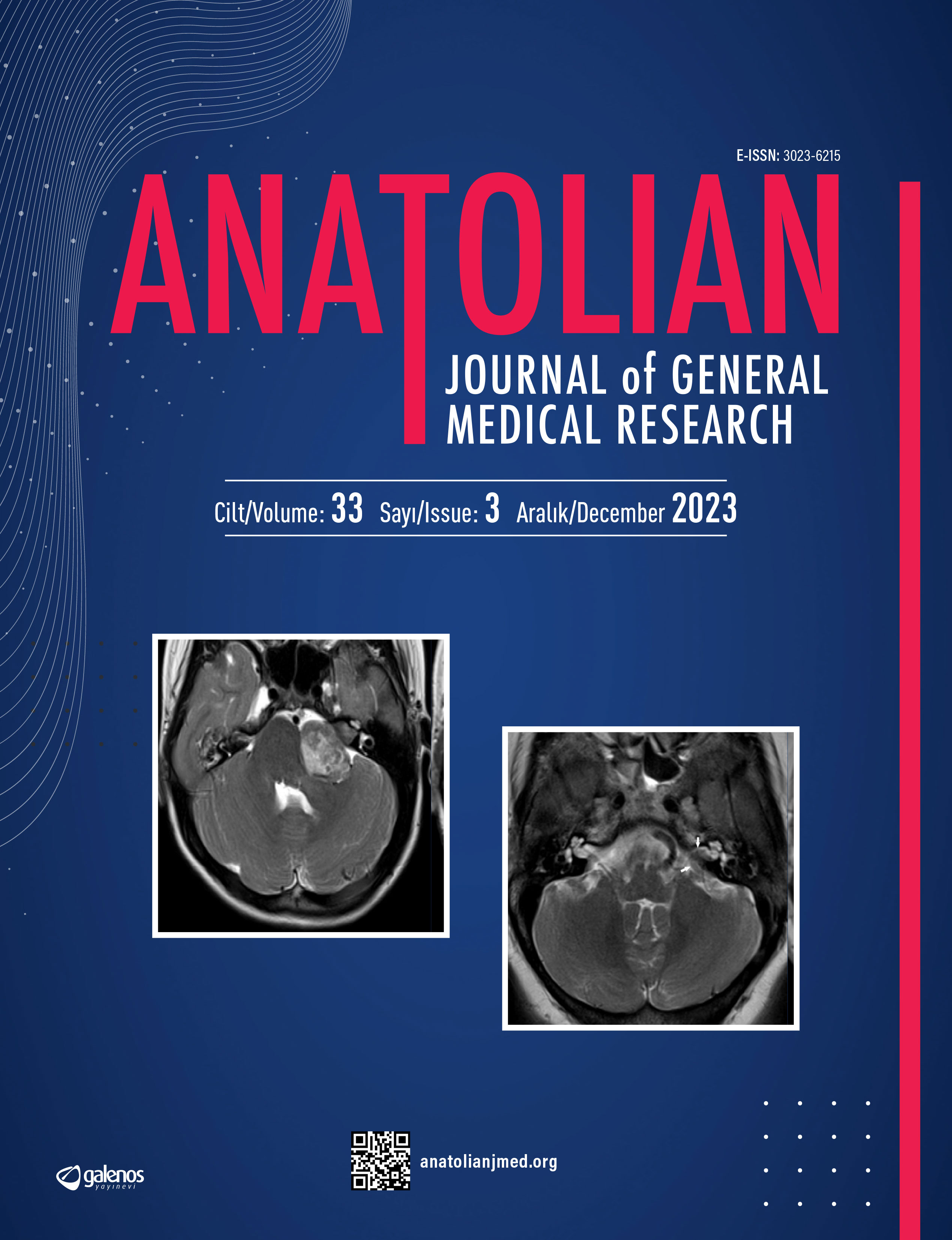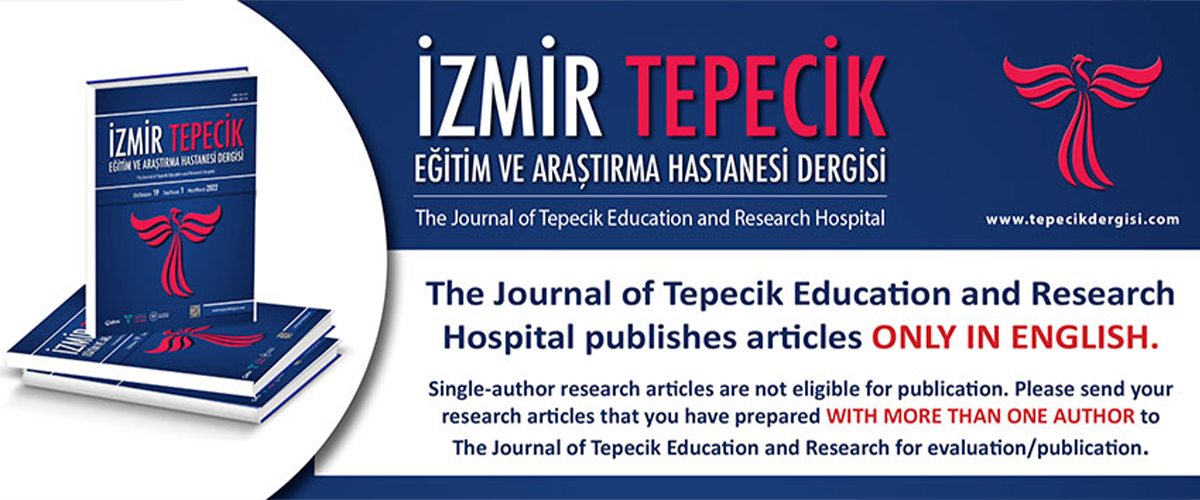








Determination of Disease Perception and Anxiety Level in Preoperative Surgery Patients
Ayşegül Şavk, Eyüp Kebapçı, Samet ÖzcanSağlık Bilimleri Üniversitesi, İzmir Tepecik Eğitim ve Araştırma Hastanesi, Aile Hekimliği Kliniği, İzmir, TürkiyeObjective: This study, which we conducted in preoperative surgery patients, aims to determine the relationship between the perception of illness and the level of preoperative anxiety in the light of sociodemographic data and scales, and to contribute to the management of the disease process before and after the surgery by determining the awareness and anxiety levels of the patients about their diseases.
Methods: The study was conducted with 195 patients hospitalized in the surgical units of İzmir Tepecik Training and Research Hospital after the approval of the ethics committee. Patients were randomly selected from patients over the age of 18, who were planned for elective surgery, who did not have any psychiatric disease, and who volunteered to participate in the study. The research is a descriptive and cross-sectional questionnaire, and a questionnaire consisting of a sociodemographic data questionnaire prepared by the researchers, the STAI State Anxiety Inventory and the Brief Illness Perception Scale (SCAS) was applied to the participants. Data were analyzed with Kruskal Wallis test, Mann-Whitney U test, Student’s t-test and Pearson correlation tests using Statistical Package for Social Science 15.0 program.
Results: 38.5% (n=75) of our patients were female, 61.5% (n=120) were male, and 12.8% (n=25) were 18-25 years old, 31.3% (n=61) were 26-45 years old, 37.4% (n=73) were 46-65 years old, 18.5% (n=36) were over 65 years old. Preoperative STAI-I values of female patients were higher than males (p<0.05). It was observed that the level of anxiety decreased as the age of the patients increased (r=-0.239, p<0.05). It was observed that the level of anxiety decreased as the age of the patients increased (r=-0.239, p<0.05). It was determined that the level of anxiety showed a statistically significant difference according to the education level and the reason for the operation (p<0.05). The highest anxiety score was observed in the group scheduled for surgery due to cervical-lumbar disc herniation (53±13.2). It was determined that the preoperative state anxiety levels of the patients were statistically significantly different according to the causes of the disease (p<0.05). The mean total score of the short illness perception scale (SCAS) was found to be 34.2±12.9. The total score of SCAS of female patients was higher than that of men. It was determined that the total score of SCAS showed a statistically significant difference according to the reason for the operation (p<0.05). There was a statistically significant positive correlation between the patient’s STAI-I state anxiety scale score and the short illness perception scale total score (p<0.05).
Conclusion: Informing the patients in the preoperative period and eliminating the question marks in the minds of the patients are very important for the prevention of anxiety and the postoperative treatment process. While informing the patients before the operation, their gender, education level, age, reason for the operation, comorbidities, and previous operation history should also be taken into consideration.
Corresponding Author: Eyüp Kebapçı, Türkiye
Manuscript Language: English
(967 downloaded)




